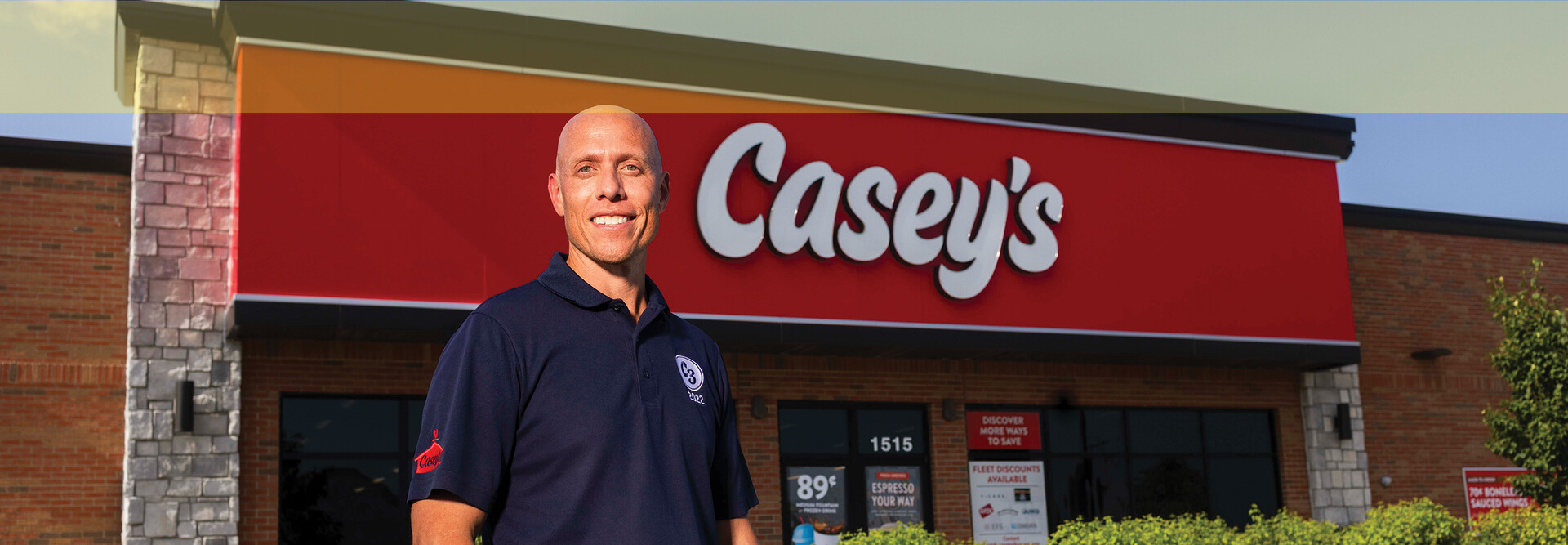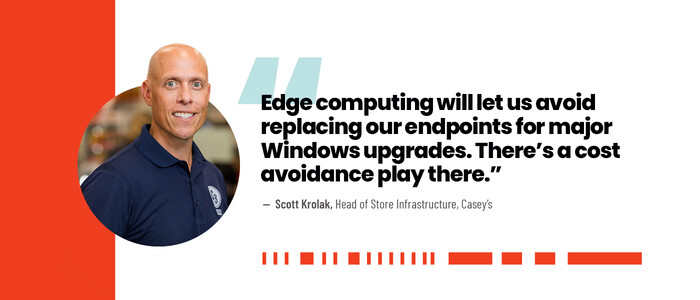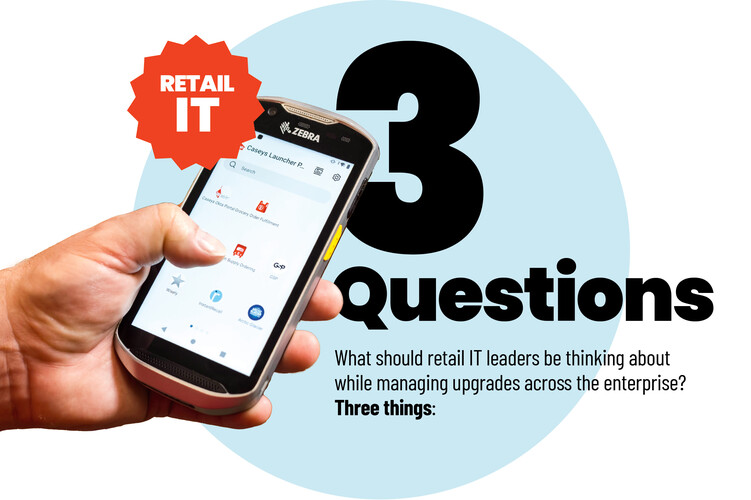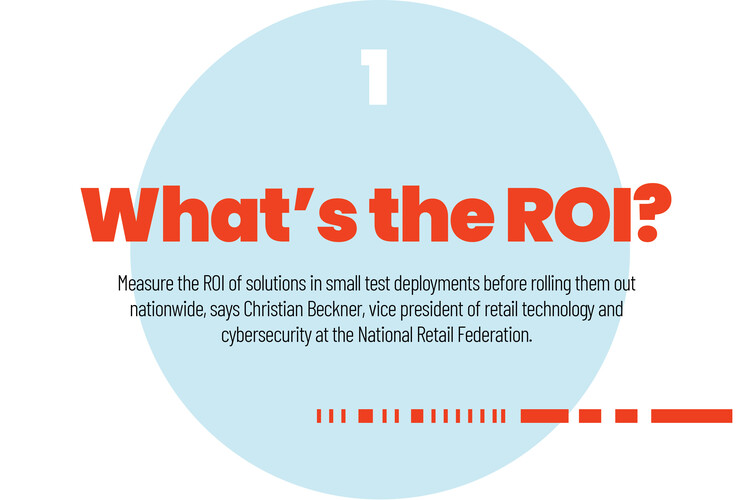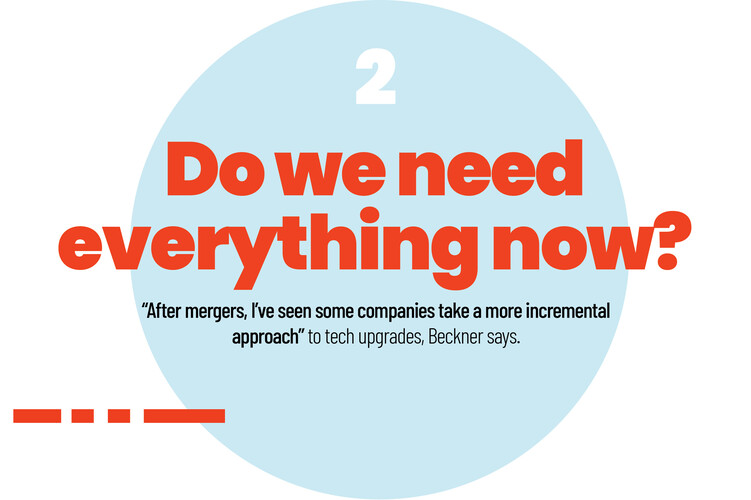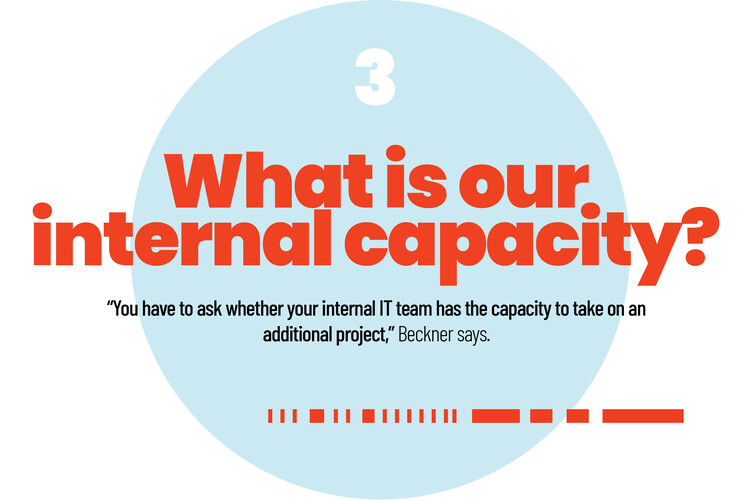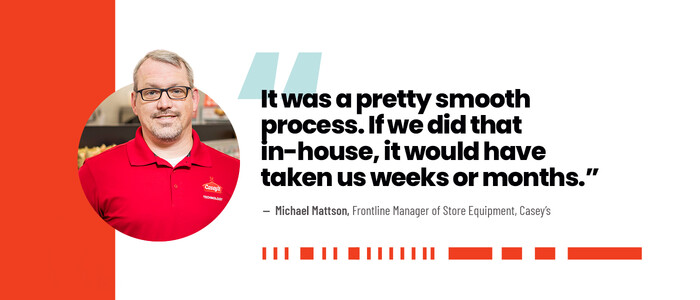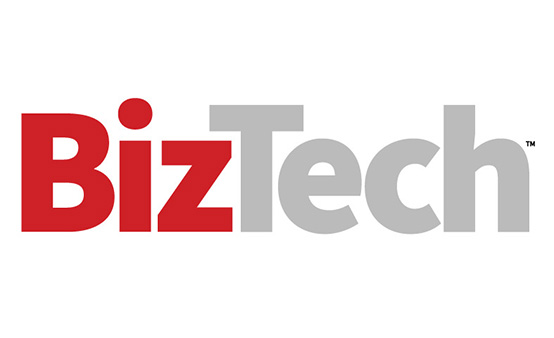With the Windows 10 end-of-support deadline looming in October, retailers are in a more challenging position than many other businesses, facing the daunting task of updating or replacing every endpoint in widely dispersed locations. Casey’s, an Iowa-headquartered convenience store and gas station chain with approximately 2,900 locations across 19 states, turned to edge computing in part to simplify this process.
As a result, the organization has accelerated its refresh, reduced downtime and dramatically extended the life of its hardware.
“Edge computing will let us avoid replacing our endpoints for major Windows upgrades,” explains Scott Krolak, head of store infrastructure at Casey’s. “There’s a cost avoidance play there. We can continue reusing the same equipment, and instead of having it last three to five years, we can get seven or eight years because we’re shifting all of the computing demand to a pair of brand-new servers.”
The approaching Windows deadline illustrates the special challenges facing retail IT teams. While the geographic footprint of organizations in other industries is often limited to a central campus and a few satellite locations, large retail chains must find ways to rapidly roll out new technology and respond to incidents at hundreds or even thousands of locations. Many of these stores are hundreds of miles away from the store support center, and those teams are typically not large enough to perform onsite work at even a fraction of the branches they serve. But by working with third-party partners, carefully testing new solutions, and adopting time-saving tools and practices, these organizations find ways to maintain modern, unified IT environments.
Click the banner below to learn about the comprehensive IT solutions modernizing the retail experience.
How Casey’s Virtualized Thousands of Endpoints Quickly
Casey’s simplified its environment with edge computing and sped up its deployment by working with CDW to install and configure new servers at its branch locations. With CDW’s help, Casey’s moved computing off of point-of-sale and order management systems and onto a pair of in-store servers.
The edge computing move is expected to help Casey’s — which is especially well-known among customers for the quality of its pizza — improve its made-to-order food service in the future by helping it more rapidly adopt new solutions, according to Krolak. For example, he says, “Today, we don’t have a kitchen management system. When we get to that point, instead of having to find the right provider and the right platform and shipping another PC to every store, we’ll just send it to those servers.”
To ensure stores remain equipped with the necessary technology, the IT team must establish procedures for repairing or replacing hardware when it fails. Casey’s had been operating a repair warehouse staffed by a small internal team, but repairs were slow, and the team lacked the supply chain visibility needed to maintain effective inventory levels. Today, it partners with CDW for break/fix services.
The partnership paid off when a routine security patch brought down PCs at more than 100 stores. Although most stores were able to fail over to secondary machines, the issue knocked out online ordering at the locations. “When you’ve got to send out over 100 PCs in a very short window of time, that’s a big deal,” says Michael Mattson, IT frontline manager of store equipment at Casey’s.
Previously, equipment failure at such a scale would have sent internal IT teams scrambling. But Mattson simply emailed CDW and let their contacts know that they were going to see increased volume. CDW rapidly imaged replacement PCs and shipped them overnight to stores along with return labels for the old computers. Then, CDW attempted to recover the old devices (or shipped them to the manufacturer, if they were still under warranty), and any repaired PCs made their way back into Casey’s surplus inventory.
“It was a pretty smooth process,” Mattson says. “If we did that in-house, it would have taken us weeks, at least.”
How Office Depot Equips Stores With Hardware
Office Depot, which operates nearly 900 office supply stores in North America, centralizes a large number of disparate functions — including tracking time cards, receiving goods, locating products and even using artificial intelligence-powered selling tools — on handheld employee devices from Zebra.
Office Depot has used Zebra devices for years, and late last year, the chain began rolling out Zebra TC53 mobile computers to associates. The devices feature an edge-to-edge, high-resolution 6-inch display, an integrated camera and up to 8 gigabytes of RAM. “We experimented a number of years ago, just because we knew the power of the device in the associate’s hand was going to be big,” says Andrew Parry, CIO for the chain’s parent company, the ODP Corporation.
RELATED: These technologies are elevating the modern retail experience.
The smartphonelike devices reduce the number of different hardware systems that stores need to maintain, Parry notes, and they also offer an intuitive experience for employees. “Our associates are used to using mobile devices,” he says. “It’s almost as if it’s a consumer device. It’s all plug-and-play. The technology isn’t proprietary like it was 20 years ago.”
Office Depot follows a beta-pilot-production rollout process for nearly every upgrade to the in-store tech stack — from new mobile apps to system updates for self-service copiers and back-end refreshes for the chain’s custom browser-based applications. The method, Parry says, can prevent problems before they start, while still ensuring that stores are largely using identical technology.
“I don’t want to buy 900 devices all at once to sit in a warehouse somewhere,” Parry says. “We bring them in in batches.”
In the case of software upgrades, Parry’s team may be testing a new version at beta locations even while a previous version is still making its way into production at some stores. “That’s how fast we’re moving with our sprint cycles,” Parry says. “It can get really interesting when you get near those busy periods, like the holidays, where you want the stores to have all the newest software.”
When Office Depot rolled out new point-of-sale terminals several years ago, the deployment hit a significant snag: The new PIN pads had a habit of “blanking out” during customer interactions, seemingly at random. But the retailer was saved by its methodical beta testing program, which caught the issue before the hardware made its way into hundreds of stores.
“That’s why we do the beta,” Parry says. “When the stores get the devices, you want it to be automatic. You don’t want them to have to call the help desk. So, we do a beta test in just a few stores, and then we’ll do a larger pilot, and then eventually the pilot becomes a general rollout.”
Parry adds: “You’d be surprised by how many times you go through beta, you get to 50 stores, and then that 51st store finds an issue.”



